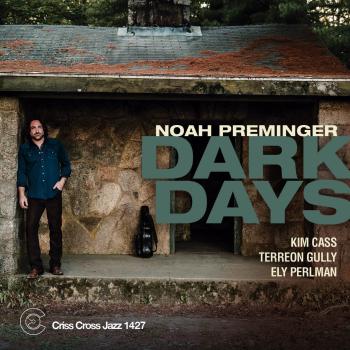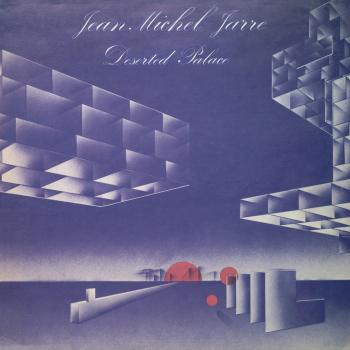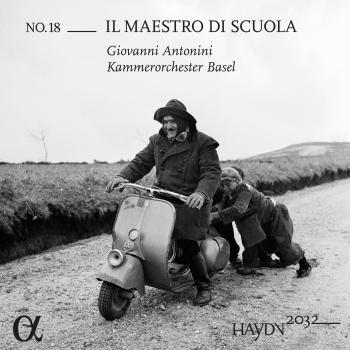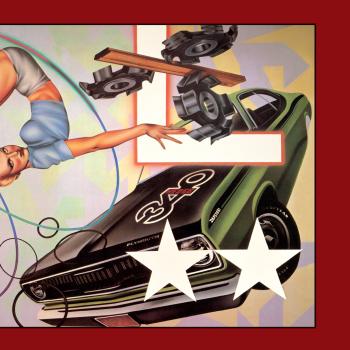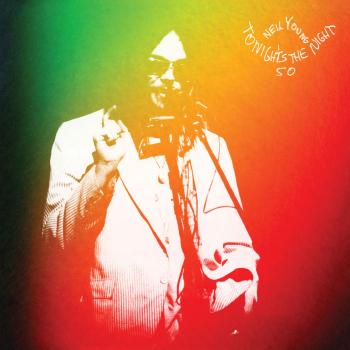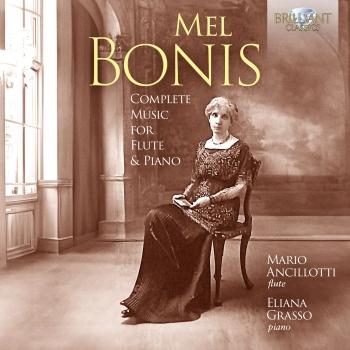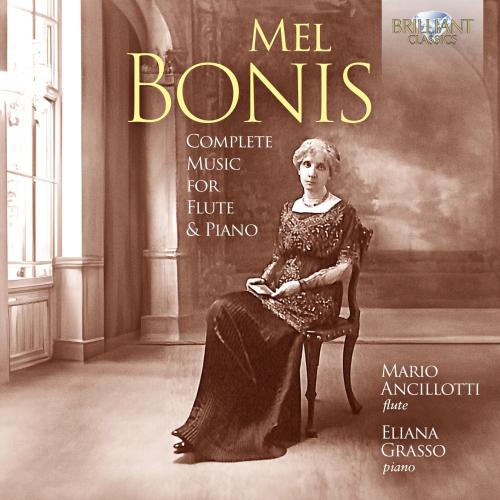
Mel Bonis: Complete Music for Flute & Piano Mario Ancillotti & Eliana Grasso
Album info
Album-Release:
2024
HRA-Release:
22.12.2023
Label: Brilliant Classics
Genre: Classical
Subgenre: Instrumental
Artist: Mario Ancillotti & Eliana Grasso
Composer: Melanie (Mel) Bonis (1858-1937)
Album including Album cover Booklet (PDF)
- Mélani Hélène Bonis (1858 - 1937): Flute Sonata in C-Sharp Minor, Op. 64:
- 1 Bonis: Flute Sonata in C-Sharp Minor, Op. 64: I. Andantino con Moto 05:59
- 2 Bonis: Flute Sonata in C-Sharp Minor, Op. 64: II Scherzo Vivace 02:20
- 3 Bonis: Flute Sonata in C-Sharp Minor, Op. 64: III. Adagio 06:41
- 4 Bonis: Flute Sonata in C-Sharp Minor, Op. 64: IV. Finale Moderato 05:11
- Trois Mélodies, Op. 91:
- 5 Bonis: Trois Mélodies, Op. 91: I. Viola 02:40
- 6 Bonis: Trois Mélodies, Op. 91: II. Sauvez-Moi 03:23
- 7 Bonis: Trois Mélodies, Op. 91: III. Songe 03:48
- Scherzo, Op. 187:
- 8 Bonis: Scherzo, Op. 187 05:00
- Pièce, Op. 189:
- 9 Bonis: Pièce, Op. 189 04:56
- Air vaudois, Op. 108:
- 10 Bonis: Air vaudois, Op. 108 04:33
- Une flûte soupire, Op. 121:
- 11 Bonis: Une flûte soupire, Op. 121 02:06
- Andante et allegro, Op. 133:
- 12 Bonis: Andante et allegro, Op. 133: I. Andante 04:00
- 13 Bonis: Andante et allegro, Op. 133: II. Allegro 01:50
Info for Mel Bonis: Complete Music for Flute & Piano
Mélanie Bonis was one of the most interesting and prolific composers in France in the 20 years before the First World War. Married in 1883 to the industrialist Édouard Domange, her duties as a housewife and mother distanced her from Parisian musical life yet did not consign her to silence: following her studies at the Paris Conservatoire she had mélodies and piano pieces issued by various publishers. Obsessed with striking a balance between music and family, she came to notoriety late, becoming the first woman on the board of the Society of Music Composers. Nevertheless, The Great War put an end to any further publication, with Bonis devoting herself to sacred music (for organ or voice) and pedagogical works. She left a large amount of unpublished material to posterity, however, which demonstrates a knowledge of compositional and orchestrational technique unfairly neglected in her lifetime. Christiane Geliot, her great-niece, has dedicated her life to rediscovering Mel Bonis’s works, searching for manuscripts mislaid within her household and inviting celebrated instrumentalists to play and record her music.
Bonis’s talents found expression in many genres, and the piano was undoubtedly her favourite instrument. Nevertheless, in her chamber music scores the flute is often the protagonist, and in the flute repertoire, Bonis’s chamber music output bridges the gap between Romanticism and Impressionism. In her Flute Sonata in C sharp minor Op.64, throughout four large-scale movements Bonis creates a post-romantic atmosphere full of poetry and light. The piano score, strongly influenced by Franck’s use of the keyboard, requires exceptional virtuosity. The flute writing is very dense as well, and both instruments link and exchange motifs as if they were one. The 3 Mélodies, originally for soprano and piano, are arranged here for flute and piano, creating a passionate, if wordless, dialogue between the two instruments and challenging the flute to find an extensive tonal palette. The Scherzo (Final) Op.187 belongs to a lost manuscript, probably a Suite for flute and piano. The flute here plays a passionate melody over fast and pressing triplets in the piano part. Pièce Op.189 is another work rediscovered in recent years. Its beautiful melody is accompanied by slow piano chords, offering the flutist room to express varied sounds and colours. The Air Vaudois Op.108, reflecting the pastoral, bucolic nature of the Swiss canton, finds joy and leisure at a time when worries and hardships plagued the Bonis family due to the war.
Une Flûte soupire Op.121 combines lyricism and colour contrasts in a more impressionistic style than the preceding works. The album closes with Andante et Allegro Op.133, her most avant-garde work in terms of harmonic choices and original development. The Andante’s irregular phrases and long lines and are met with the Allegro’s rapid, low piano octave, growing in intensity towards a stormy finale.
Mario Ancillotti, flute
Eliana Grasso, piano
Mario Ancillotti
Mario Ancillotti was born into a family of musicians. His musical training took place at the Conservatorio 'Cherubini' in Florence where he studied and collaborated with musicians such as Luigi Dallapiccola, Carlo Prosperi, Franco Rossi, Piero Farulli, the Quartetto Italiano, Piero Bellugi and Salvatore Alfieri. It was in fact thanks to such a stimulating environment, and to meeting such personalities, that he absorbed a particular rigour in approaching the study of music, in all its various aspects. The study of composition has enabled him to become a complete musician, capable of tackling ancient and modern scores with awareness. This training has led him to take the most impervious and difficult roads and to approach his activity with the rigour of one who knows the ethical and moral value of art. A number of collaborations with like-minded musicians (exemplary is his association with pianist Piernarciso Masi, which has lasted for more than 40 years), have distinguished him as a demanding musician who is oriented towards research that is never completely satisfied and accomplished.
With such a foundation, every experience he undertook was very fruitful. As 1st flute in the Orchestra di Roma della Rai, and later in Santa Cecilia, Ancillotti played with conductors such as Bernstein, Boehm, Maazel, Sawallisch, Giulini, Schippers, Masur, Abbado, Muti, Ozawa, Metha, and others.
By the time he later decided to leave the orchestra, he was an established and career-prepared musician.
Ancillotti's contribution to the interpretation of contemporary music has stemmed from fruitful collaborations with Berio, Sciarrino, Penderecky, Henze, Donatoni, Pennisi, Clementi, always accompanied by that rigour that has kept him at a distance from approximate and superficial choices in favour of the qualitative aspect.
Booklet for Mel Bonis: Complete Music for Flute & Piano



